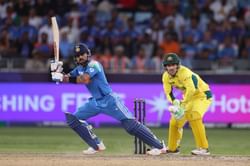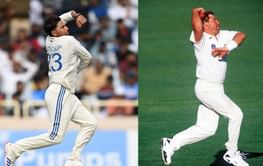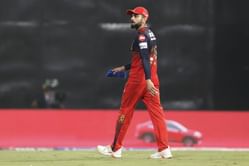The cricket bat is one of the most important equipments used in cricket as it is used to hit the ball. Its first use dates bak to 1624, however, in 1979, a rule change stated that bats should be made only from wood.
Each bat has a big handle, which is attached to the face of the bat, which is used to hit the ball. The handle, or the cane, is covered with a rubber grip to provides comfort and protection to the batsman.
Bats are made of willow, which is naturally fibrous wood. The willow is then treated with oil, which gives it a protective function. Each bat consists of grains, which are the lines that are visible on the face of the bat
The edges of the blade closest to the handle are known as the shoulders of the bat, and the bottom of the blade is known as the toe of the bat.
The different types of willows which are used to make the bat are:
English willow:
The English willow is a soft and fibrous timber and is preferred by most of the bat manafacturers. The willow is made using the finest quality of wood and is meant for maximum performance and gives the perfect result. Overall, the English willow is softer than the Kashmir willow and have thicker blades as well.
Kashmir willow:
The wood used to make Kashmir willow bats is harder, and the weight of the bat is heavier in comparison to English willow. The bats do not give the same performance as English willow and thus, are not as popular as them.
The most popular bats used by cricketers are:
Kookaburra:
Grey Nicholls:
GM:
SG:
MRF:
Spartan:
SS:
Reebok:
The MCC's (Marylebone Cricket Club) Law 6 states the following:
Width and Length - The bat shall be no more than 38 inches/96.5 cm in length. The blade of the cricket bat shall be made solely of wood and shall not exceed 4 1/4 inches/10.8 cm at the widest part.
Covering the Blade - The blade may be covered with material for protection, strengthening or repair. Such material shall not exceed 1/16 inches/1.56 mm in thickness, and shall not be likely to cause unacceptable damage to the ball.
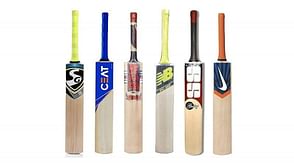
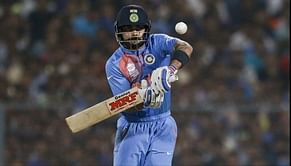
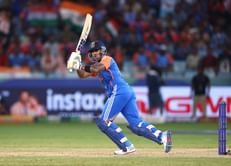
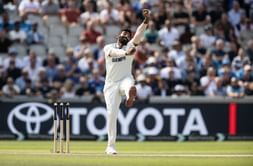
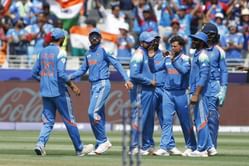
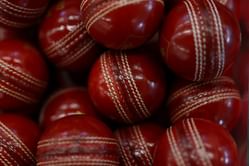
![Shubman Gill perishes attempting an expansive shot on Day 5 of IND vs WI 2025 2nd Test [Watch]](https://staticg.sportskeeda.com/editor/2025/10/db177-17604180333341-1920.jpg?h=166)
